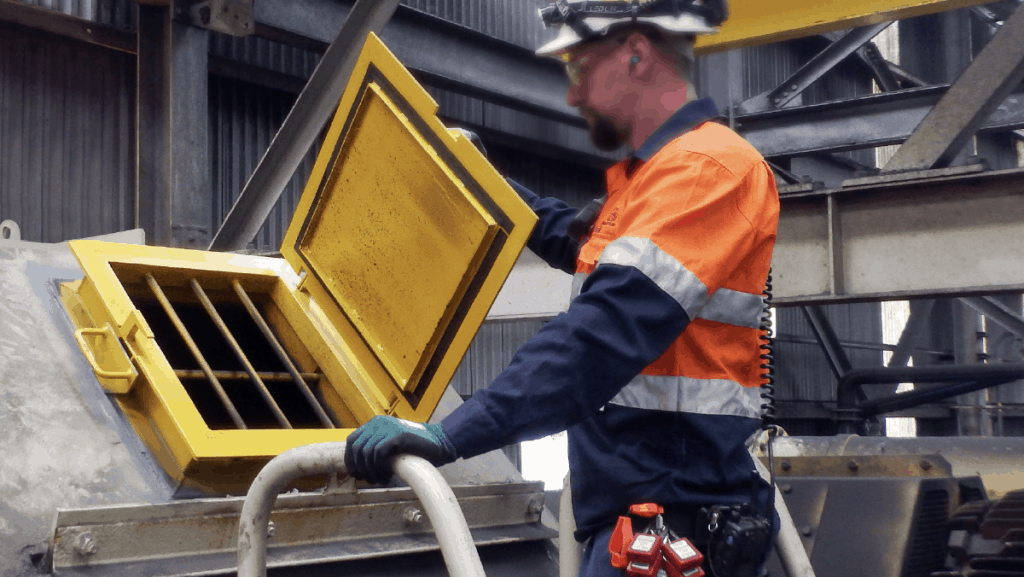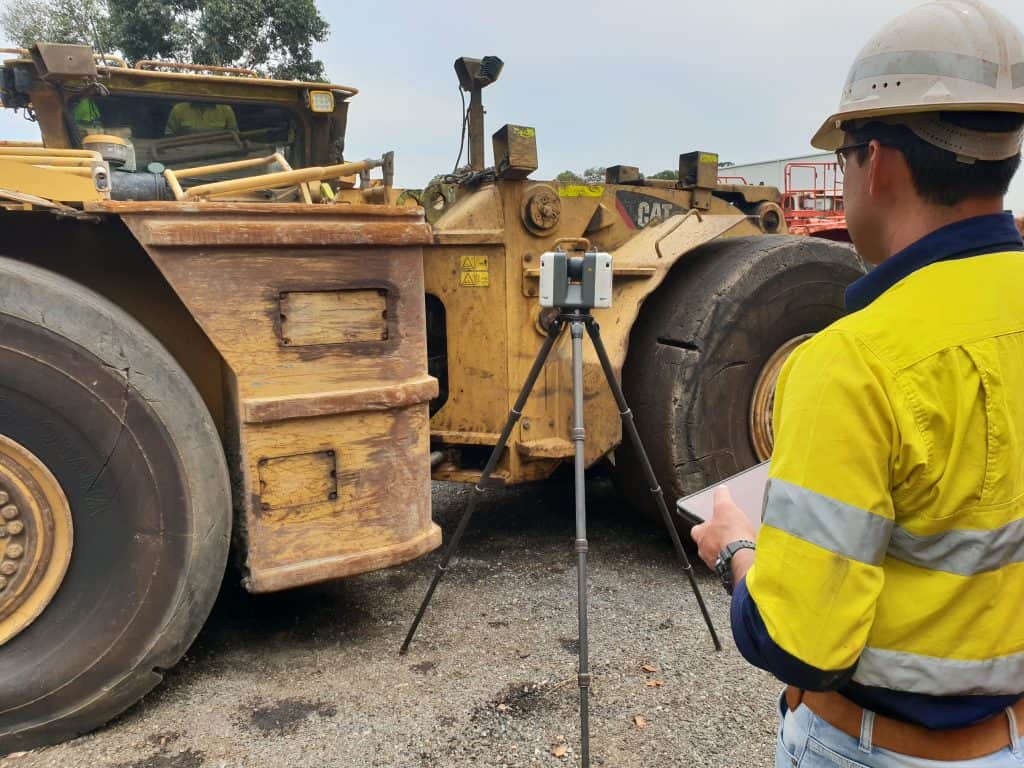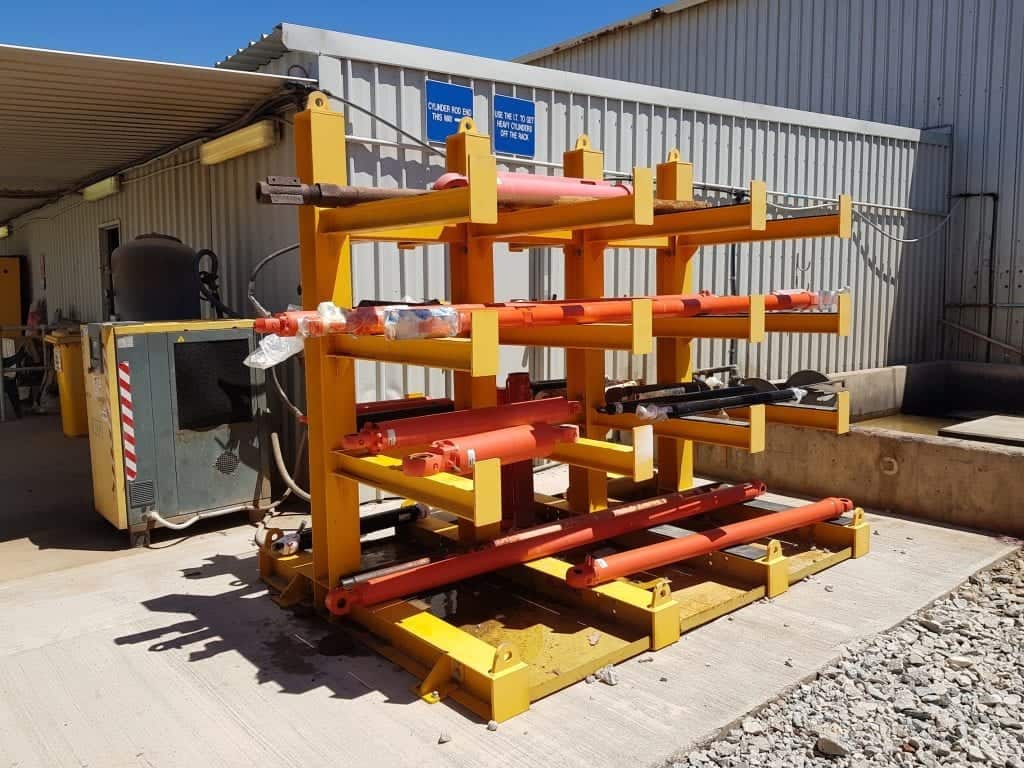Since the early 13th century, steel has been recognised as one of the strongest materials on earth. Over time, its use has extended beyond sword blades and tools to become one of the most versatile and commonly used construction materials worldwide. Technology has evolved to allow steel to be produced in various precise shapes, forms and tensile properties, making it suitable for any construction application. Coupled with refined finishing techniques, it truly is the strongest, longest-lasting material available. Let’s move on to exploring the different methods of steel processing.
How steel is produced
Iron is a product of iron ore, limestone and coke molten into liquid form through a blast furnace or an electric arc furnace. This process creates pig iron, which is then further processed to remove excess carbon and refined to the desired steel grade. It is now ready to be moulded, shaped or cast into the form required, providing a high-tensile product that can be further cut or welded together to produce an exceptionally sturdy product or structure.
Blast furnace vs. electric arc furnace
A blast furnace relies on coke as the chief energy source and, as a result, emits a lot of carbon dioxide. An electric arc furnace relies on electricity and uses metal scrap as its main source of material, making it a more environmentally friendly process. While both processes produce steel, the electric arc furnace is increasingly becoming the more popular furnace of choice due to it being cleaner and requiring less space than a blast furnace.
Removing impurities
Steel processing involves the introduction of carbon that, while imperative for the initial production steps, also needs to be removed along with the naturally occurring sulphur, manganese, phosphorus, silicon and sulphides to create the highest tensile steel possible. While these elements are part of the steel production process, in the wrong quantities, they can also cause brittleness and weak points in the metal. The strongest steels will have these impurities removed to the appropriate levels before being moulded, shaped or cast into the finished product.
Casting steel
When exploring the different methods of steel processing, casting is one of the most common methods of finishing the process. Molten steel is poured into a mould, creating solid objects such as wheel cogs, hinges, bolts or even large flat slabs, beams and wires. Once cooled, the object is removed from the cast and is ready for use. Casting provides a sturdy and solid end product with no joins or potential weak points. After casting, a final net or near net shape is produced that may require some machining to bring surface finishes to the desired quality.
Rolling steel
Rolling steel involves sheets of steel detailed to a precise thickness and with the exact curvature required. High-tensile curved steel is usually used to create high-pressure vessels or perfectly flat lower-tensile steel for tabletops. The rolling process can be customised to create a steel material that is corrugated, flat, tubular or curved. There are two methods of rolling steel. The hot roll is better suited to larger components, and the cold roll is the best method of rolling steel for a finer end finish and precision parts.
Finishing methods
Once the steel has been cast or rolled, it is ready for finishing. This can include bevelling to make for cleaner and stronger welds, blanking (otherwise known as stamping), custom-shaped items made from larger pieces, hole punching to create clean and precise anchor points or laser cutting for the utmost precision in obtaining the length or shape of steel required. All these finishing methods result in a product ready to be installed without adjustments or fine-tuning on the job site.
Cut to length and bending
Engineering plans call for steel in varying lengths and specific angles for pipes or beams. When you enlist the services of a professional steel supplier such as Bend Tech Group, you can be assured of pinpoint accuracy on your steel specifications. Not only will the tensile strength of your steel match your requirements, but it will also fit all the angles, lengths, hole placements and other finishings as indicated by an engineering team. Ultimately, this will ensure ease of project installation, and minimise welding requirements.
Preserving your steel
We have been exploring the different methods of steel processing, but what about preserving the steel once it has been processed? Upon completion of the welding, grinding, fixing and overall construction of the steel structure, it must be preserved, as exposure to oxygen will encourage rust. Using oil is highly effective, but this is only really suited to items such as cogs, which cannot be painted for practical reasons. For larger items that would not be practical to consistently oil, use a primer as a base coat and then apply a coat of paint. This will create a seal against oxygen coming into contact with the steel. Another option is to galvanise the steel, which will create longer-lasting rust protection than paint.
Maintaining your structure
Once completed and preserved, ongoing maintenance inspections are imperative. Identifying any scratches to the surface that may require preservation treatment before rust can take hold will save a lot of work in the long run and keep the structure’s integrity for a longer period. Should rust spots be found, it is essential to grind or scrub the rust from the surface before reapplying the correct preservation. This is particularly important in humid areas where moisture assists oxygen in penetrating the surface of the steel.
By exploring the different methods of steel processing, it is easy to determine which process is best suited for any specific project. The professional team at Bend Tech Group are available to answer any questions and can offer expert advice on the most appropriate application for your steel requirements. Contact us today to ensure you have the best-suited materials to complete your project successfully.








About The Author: Highjumpdev
More posts by Highjumpdev